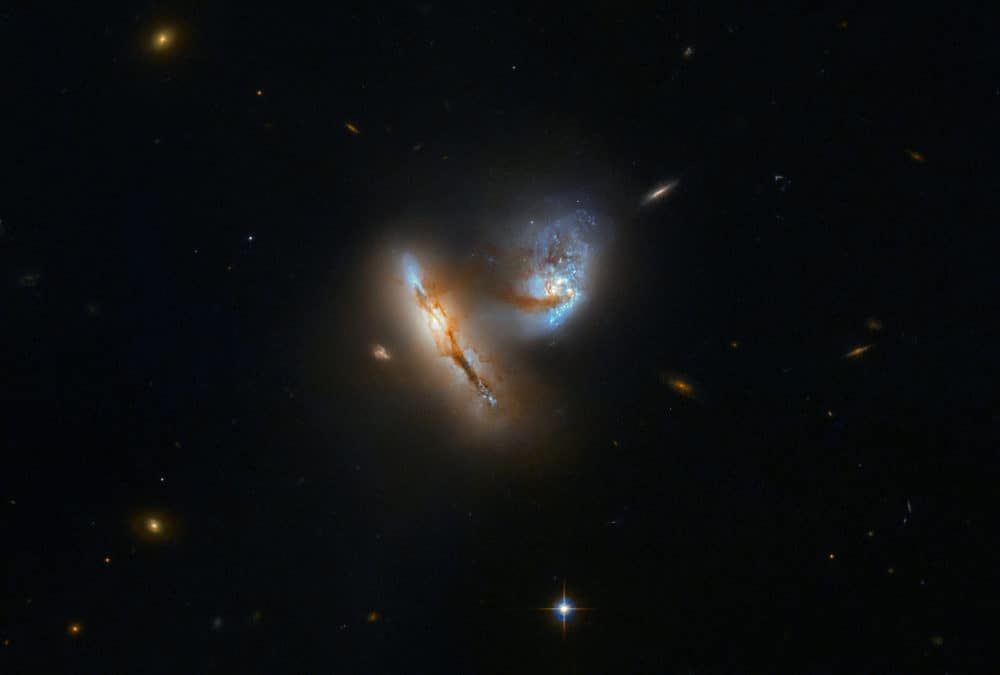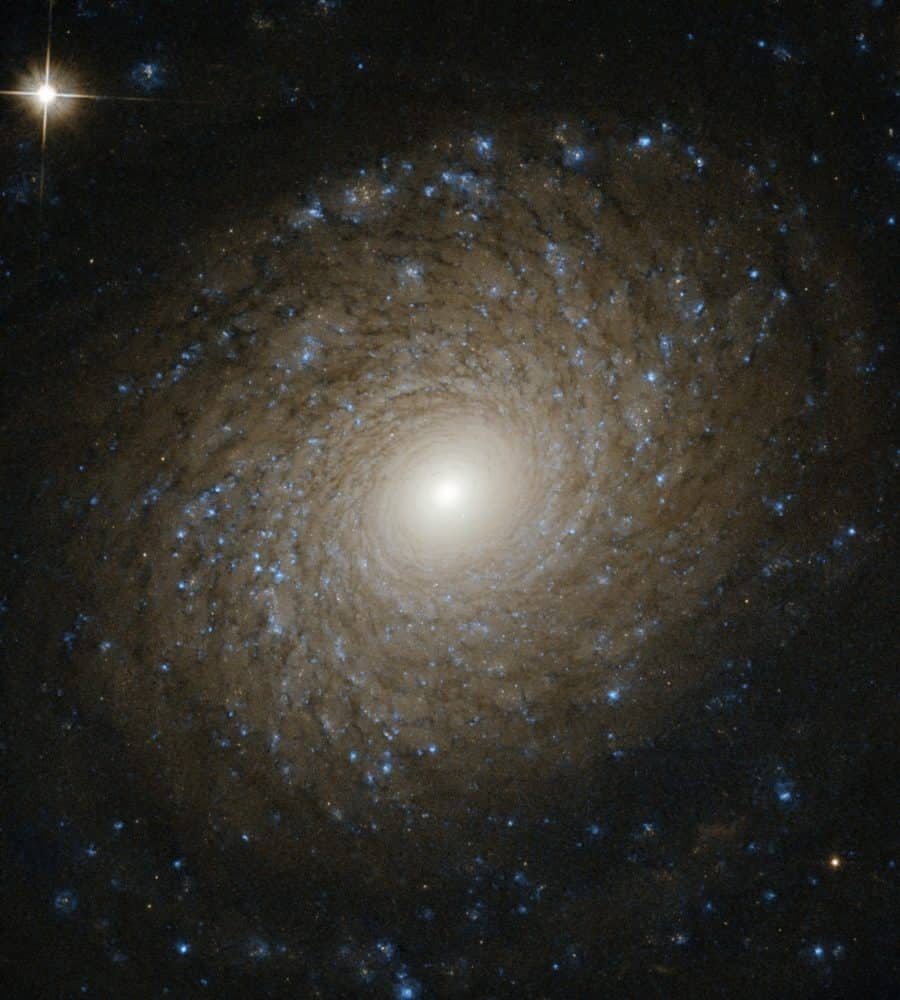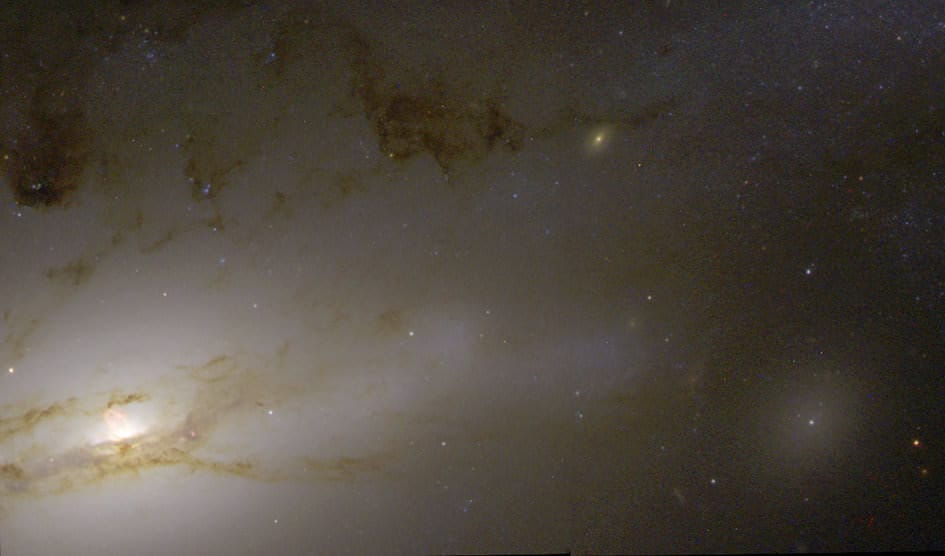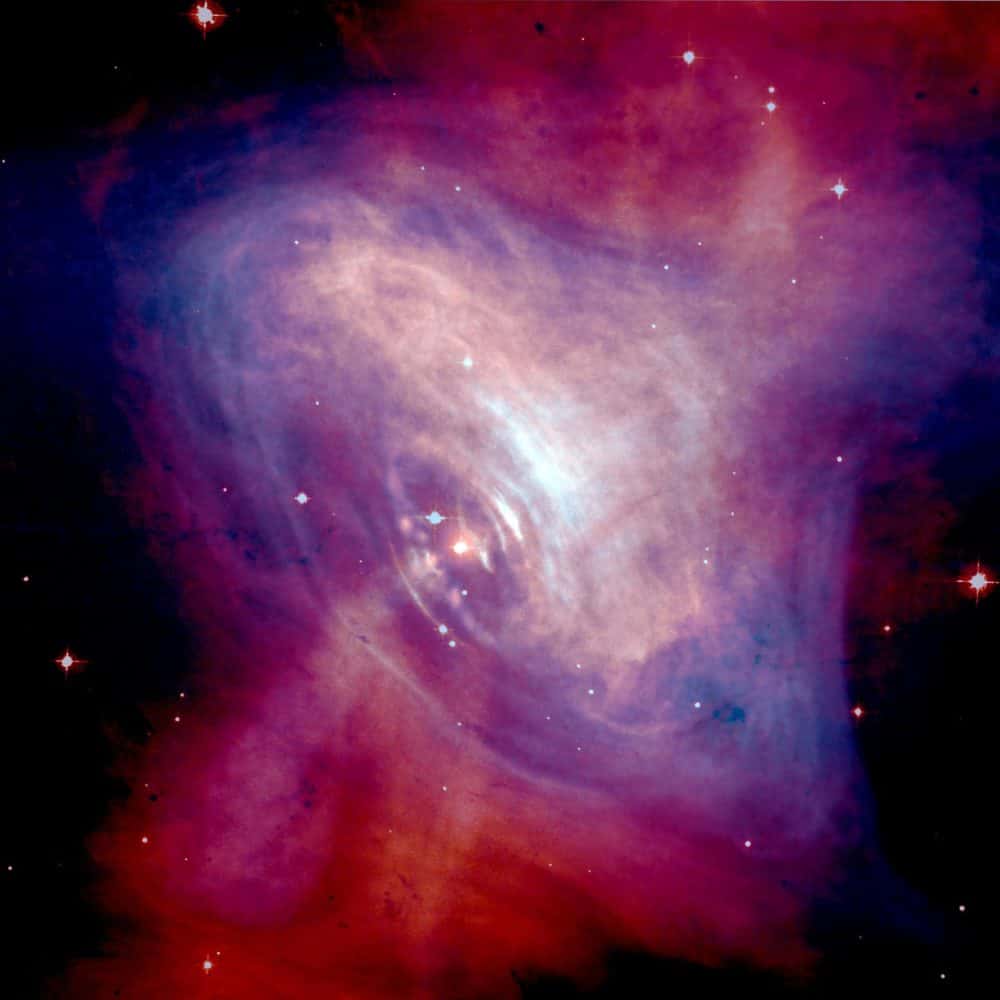Blog
John Arthur “Johnny” Van Derrick (born August 11, 1926 in Ealing , † May 15, 1995 in Denham , Buckinghamshire ) was a British jazz violinist who also worked as a studio musician in the field of pop music .
Van Derrick was led to music by his father, a Dutch cornetist. He attended the Conservatory in Brussels and had classical music lessons until the outbreak of World War II. In London, he played during the war first with Louis Mexano’s Accordion Band, before he worked in the merchant marine . In the post-war years, he first played as a trumpeter in dance bands by Maurice Winnick and Lou Preager, eventually he took violin lessons with his mentor Sascha Lasserson and played in the Halle Orchestra, before he worked from then on as a freelance musician. He appeared with Roy Fox and Geraldo and he played in the early 1960s in Diz Disley’s String Quintet, with the first recordings emerged ( At the Jazz Band Ball ), also with Tubby Hayes , Gary Potter and the Jack Togood Swing set . In 1976 he was able to work again after a serious illness.
Also known as KPG 82 and Z 0251.2+1446, this galactic duo is located approximately 424 million light-years away from Earth in the constellation Aries. The two galaxies, called UGC 2369N and UGC 2369S, are interacting, meaning that their mutual gravitational attraction is pulling them closer and closer together and distorting their shapes. In the process, the two galaxies pulled material out into space across the diminishing divide between them. The tenuous bridge of gas, dust, and stars can be seen connecting UGC 2369N and UGC 2369S.
more...
Ian Scott Anderson MBE (born 10 August 1947) is a Scottish-born musician, singer, songwriter and multi-instrumentalist best known for his work as the lead vocalist, flautist and acoustic guitarist of British rock band Jethro Tull. Anderson plays several other musical instruments, including keyboards, bass guitar, bouzouki, balalaika, saxophone, harmonica, and a variety of whistles. His solo work began with the 1983 album Walk into Light, and since then he has released another five works, including the sequel to the Jethro Tull album Thick as a Brick (1972) in 2012, entitled Thick as a Brick 2. Ian Anderson was born in Dunfermline, Fife, Scotland, the youngest of three brothers. His father, James Anderson, ran the RSA Boiler Fluid Company in East Port, Dunfermline. Anderson spent the first part of his childhood in Edinburgh.
In 1963, he formed The Blades from among school friends: Michael Stephens (guitar), John Evan (keyboards), Jeffrey Hammond (bass) and Barriemore Barlow (drums). This was a soul and bluesband, with Anderson on vocals and harmonica – he had yet to take up the flute. They played their first show at the Holy Family Church Hall in North Shore.
In late 1967, Anderson was still holding down a day job, namely cleaning the Ritz Cinema in Luton, including the toilets, in the mornings, “which took me half the day” he said in a later interview. He took an old, chipped urinal from the cinema storeroom and had it for a time after leaving the job. It was not, however, the urinal which “was bolted to the side of John Evan’s Hammond organ on stage” and figured in early 1970s Tull performances.
At this time Anderson abandoned his ambition to play electric guitar, allegedly because he felt he would never be “as good as Eric Clapton“. As he himself tells it in the introduction to the video Nothing Is Easy: Live at the Isle of Wight 1970, he traded his electric guitar in for a flute which, after some weeks of practice, he found he could play fairly well in a rock and blues style. According to the sleeve notes for the first Tull album, This Was (1968), he had been playing the flute only a few months when the album was recorded. His guitar practice did not go to waste either, as he continued to play acoustic guitar, using it as a melodic and rhythmic instrument. As his career progressed, he added soprano saxophone, mandolin, keyboards and other instruments to his arsenal.
His tendency to stand on one leg while playing the flute came about by accident, as he had been inclined to stand on one leg while playing the harmonica, holding the microphone stand for balance. Anderson was known for his famous one-legged flute stance, and was once referred to as a “deranged flamingo” This stance is on many album covers of Jethro Tull. During a long stint at the Marquee Club, a journalist described him, wrongly, as standing on one leg to play the flute, when in fact he was originally playing the harmonica on one leg. He decided to live up to the reputation, albeit with some difficulty. His early attempts are visible in The Rolling Stones Rock and Roll Circus (1968) film appearance of Jethro Tull. This was referenced in the facetious liner notes for Thick as a Brick in a quote about “the one-legged pop flautist, Ian Anderson”.
https://www.youtube.com/watch?v=EsCyC1dZiN8
more...
Gertrude E. “Trudy” Pitts (August 10, 1932 – December 19, 2010) was an American soul jazz keyboardist from Philadelphia, Pennsylvania. She was known primarily for playing the Hammond B3 organ. Trained as a musician and a music educator, Pitts studied at the Philadelphia Musical Academy, Temple University and Juilliard, as well as other institutions. Early work experience included a position as an assistant to the pianist in the Tony Award-winning musical Raisin.
At the end of the musical’s tour, she was encouraged by her husband (who had worked with Shirley Scott as a drummer) to continue developing her repertoire.
In 1967, the Boston Globe printed a piece calling her a rising star and complimented her drawbar variation, vibrato shadings, and bass pedal work. Her husband, William Theodore Carney II (born 1925), aka “Mr. C.”, often joined her on the drums.
Trudy Pitts eventually went on to play with Ben Webster, Gene Ammons, and Sonny Stitt. She recorded four albums for Prestige Records, appearing with Willis Jackson among others. In 1999, a compilation album of several records was released as Legends of Acid Jazz, Trudy Pitts & Pat Martino. Recent festival appearances include the 11th Annual Mary Lou Williams Women in Jazz Festival at the Kennedy Center in Washington, D.C., in May 2006. On September 15, 2006, Pitts was the first jazz artist play a concert on Philadelphia’s Kimmel Center’s 7,000 pipe organ, “taking the medium to a whole new level.
more...Charles H. Israels (born August 10, 1936) is a composer, arranger, and bassist who is best known for his work with the Bill Evans Trio. He has also worked with Billie Holiday, Benny Goodman, Coleman Hawkins, Stan Getz, Herbie Hancock, J. J. Johnson, John Coltrane, and Judy Collins.
Born in New York City, Chuck Israels was raised in a musical family which moved to Cleveland, Ohio when he was 10. His stepfather Mordecai Bauman was a singer who performed extensively with composer Hanns Eisler. He, along with Israels’ mother, Irma Commanday, created a home environment in which music was a part of normal daily activity. Paul Robeson, Pete Seeger, and The Weavers were visitors to the Bauman home. In 1948, the appearance of Louis Armstrong‘s All Stars in a concert series produced by his parents gave him his first opportunity to meet and hear jazz musicians.
more...Arnett Cleophus Cobb (August 10, 1918 – March 24, 1989) was an American jazz tenor saxophonist, sometimes known as the “Wild Man of the Tenor Sax” because of his uninhibited stomping style. Cobb wrote the words and music for the jazz standard “Smooth Sailing” (1951), which Ella Fitzgerald recorded for Decca on her album Lullabies of Birdland. Born in Houston, Texas, he was taught to play piano by his grandmother, and he went on to study violin before taking up tenor saxophone in the high school band. At the age of 15 he joined Louisiana bandleader Frank Davis’s band, doing shows in Houston and throughout Louisiana during the summer. Cobb continued his musical career with the local bands of trumpeter Chester Boone, from 1934 to 1936, and Milt Larkin, from 1936 to 1942 (which included a period on the West Coast with Floyd Ray). Among his bandmates in the Larkin band were Illinois Jacquet, Eddie “Cleanhead” Vinson, Tom Archia, Cedric Haywood, and Wild Bill Davis. Having turned down an offer from Count Basie in 1939, Cobb replaced Jacquet in Lionel Hampton‘s band in 1942, staying with Hampton until 1947. Cobb’s featured solo on Hampton’s theme song “Flying Home No. 2” generated much excitement, his blasting style earning him the label “Wild Man of the Tenor Sax”.
more...Zimbabwe
more...NGC 2985 is a spiral galaxy located in the constellation Ursa Major. It is located at a distance of circa 70 million light years from Earth, which, given its apparent dimensions, means that NGC 2985 is about 95,000 light years across. It was discovered by William Herschel on April 3, 1785.
The galaxy is seen with an inclination of 37 degrees. The galaxy has a bright nucleus from which emanate multiple tightly wound spiral fragments.Numerous blue knots are visible at the galactic disk. At the outer part of the galaxy lies a massive spiral arm that forms a pseudoring that encircles the galaxy. The inner part of the galaxy, where active star formation has been observed, has been found to be unstable, contrary to the outer stable one. It has been suggested that the presence of molecular clouds accounts for the instability of the region.
The nucleus of NGC 2985 is active, and based on its spectrum has been categorised as a LINER. The most accepted theory for the activity source is the presence of an accretion disk around a supermassive black hole.
more...Jack DeJohnette (born August 9, 1942) is an American jazz drummer, pianist, and composer.
An important figure of the fusion era of jazz, DeJohnette is one of the most influential jazz drummers of the 20th century, given his extensive work as leader and sideman for musicians including Charles Lloyd, Freddie Hubbard, Keith Jarrett, Bill Evans, John Abercrombie, Alice Coltrane, Sonny Rollins, Miles Davis, Joe Henderson, Michael Brecker, Herbie Hancock and John Scofield. He was inducted into the Modern Drummer Hall of Fame in 2007.
DeJohnette was born in Chicago, Illinois. He began his musical career as a pianist, studying from age four and first playing professionally at age fourteen. He later switched focus to the drums. DeJohnette credits his uncle, Roy I. Wood Sr., a Chicago disc jockey and vice president of the National Network of Black Broadcasters, as his inspiration to play music.
DeJohnette played R&B, hard bop, and avant-garde music in Chicago. He led his own groups in addition to playing with Richard Abrams, Roscoe Mitchell and other eventual core members of the Association for the Advancement of Creative Musicians (founded in 1965). He also occasionally performed with Sun Ra and his Arkestra (and later in New York as well). In the early 1960s, DeJohnette had the opportunity to sit in for three tunes with John Coltrane and his quintet, an early foray into playing with big-name jazz musicians.
In 1966 DeJohnette moved to New York City, where he became a member of the Charles Lloyd Quartet. A band that recognized the potential influence of rock and roll on jazz, Lloyd’s group was where DeJohnette first encountered pianist Keith Jarrett, who would work extensively with him throughout his career. However, DeJohnette left the group in early 1968, citing Lloyd’s deteriorating, “flat” playing as his main reason for leaving.While Lloyd’s band was where he received international recognition for the first time, it was not the only group DeJohnette played with during his early years in New York, as he also worked with groups including Jackie McLean, Abbey Lincoln, Betty Carter, and Bill Evans. DeJohnette joined Evans’ trio in 1968, the same year the group headlined the Montreux Jazz Festival and produced the album Bill Evans at the Montreux Jazz Festival. In November 1968 he worked briefly with Stan Getz and his quartet, which led to his first recordings with Miles Davis.
https://www.youtube.com/watch?v=iiOjNRYiJEg
more...Flamenco Fridays featuring Seguiriyas-Solea and Bulerias.
Siguiriyas (Spanish pronunciation: [seɣiˈɾiʝas]; also seguiriyas, siguerillas, siguirillas, seguidilla gitana, etc.) is a form of flamenco music belonging to the cante jondo category. Its deep, expressive style is among the most important in flamenco. The siguiriyas are normally played in the key of A Phrygian with each measure (or compás) consisting of 12 counts with emphasis on the 1st, 3rd, 5th, 8th and 11th beats as shown here:
- [1] 2 [3] 4 [5] 6 7 [8] 9 10 [11] 12
more...
50 million light-years away a quasar resides in the hub of galaxy NGC 4438, an incredibly bright source of light and radiation that’s the result of a supermassive black hole actively feeding on nearby gas and dust (and pretty much anything else that ventures too closely.) Shining with the energy of 1,000 Milky Ways, this quasar — and others like it — are the brightest objects in the visible Universe… so bright, in fact, that they are used as beacons for interplanetary navigation by various exploration spacecraft. A monstrous black hole‘s rude table manners include blowing huge bubbles of hot gas into space. At least, that’s the gustatory practice followed by the supermassive black hole residing in the hub of the nearby galaxy NGC 4438. Known as a peculiar galaxy because of its unusual shape, NGC 4438 is in the Virgo Cluster, 50 million light-years from Earth.
NGC 4438 is the most curious interacting galaxy in the Virgo Cluster, due to the uncertainty surrounding the energy mechanism that heats the nuclear source; this energy mechanism may be a starburst region, or a black hole-powered active galactic nucleus (AGN). Both hypotheses are currently under investigation by astronomers.
This galaxy shows a highly distorted disk, including long tidal tails due to the gravitational interactions with other galaxies in the cluster and its companion. The aforementioned features explain why sources differ to classify it as a lenticular or spiral galaxy. NGC 4438 also shows signs of a past, extended, – but modest – starburst,[4] a considerable deficiency of neutral hydrogen, as well as a displacement of the components of its interstellar medium – atomic hydrogen, molecular hydrogen, interstellar dust, and hot gas.
more...John Renbourn (8 August 1944 – 26 March 2015) was an English guitarist and songwriter. He was best known for his collaboration with guitarist Bert Jansch as well as his work with the folk group Pentangle, although he maintained a solo career before, during and after that band’s existence (1967–1973).
While most commonly labelled a folk musician, Renbourn’s musical tastes and interests took in early music, classical music, jazz, blues and world music. His most influential album, Sir John Alot (1968), featured his take on tunes from the Medieval era.
John Renbourn studied classical guitar at school and it was during this period that he was introduced to Early Music. In the 1950s, along with many others, he was greatly influenced by the musical craze of “Skiffle” and this eventually led him to explore the work of artists such as Lead Belly, Josh White and Big Bill Broonzy.
In the 1960s the new craze in popular music was Rhythm and Blues, also the impact of Davey Graham was being felt. In 1961 Renbourn toured the South West with Mac MacLeod and repeated the tour in 1963. On returning from the South West Renbourn and MacLeod recorded a demo tape together. Renbourn briefly played in an R&B band while studying at the Kingston College of Art in London. Although the British “Folk Revival” was underway, most folk clubs were biased towards traditional, unaccompanied folk songs, and guitar players were not always welcome. However, the Roundhouse in London had a more tolerant attitude and here, John Renbourn joined blues and gospel singer Dorris Henderson, playing backing guitar and recording two albums with her.
more...Bennett Lester Carter (August 8, 1907 – July 12, 2003) was an American jazz saxophonist, clarinetist, trumpeter, composer, arranger, and bandleader. With Johnny Hodges, he was a pioneer on the alto saxophone. From the beginning of his career in the 1920s he was a popular arranger, having written charts for Fletcher Henderson‘s big band that shaped the swing style. He had an unusually long career that lasted into the 1990s. During the 1980s and ’90s, he was nominated for eight Grammy Awards, which included receiving a Lifetime Achievement Award.
Born in New York City in 1907, he was given piano lessons by his mother and others in the neighborhood. He played trumpet and experimented briefly with C-melody saxophone before settling on alto saxophone. In the 1920s, he performed with June Clark, Billy Paige, and Earl Hines, then toured as a member of the Wilberforce Collegians led by Horace Henderson. He appeared on record for the first time in 1927 as a member of the Paradise Ten led by Charlie Johnson. He returned to the Collegians and became their bandleader through 1929, including a performance at the Savoy Ballroom in New York City. He left Henderson to take Redman’s former job as leader of McKinney’s Cotton Pickers in Detroit. In 1932 he formed a band in New York City that included Chu Berry, Sid Catlett, Cozy Cole, Bill Coleman, Ben Webster, Dicky Wells, and Teddy Wilson. Carter’s arrangements were complex. Among the most significant were “Keep a Song in Your Soul”, written for Henderson in 1930, and “Lonesome Nights” and “Symphony in Riffs” from 1933, both of which show Carter’s writing for saxophones.
more...The Crab Pulsar (PSR B0531+21) is a relatively young neutron star. The star is the central star in the Crab Nebula, a remnant of the supernova SN 1054, which was widely observed on Earth in the year 1054. Discovered in 1968, the pulsar was the first to be connected with a supernova remnant.
The Crab Pulsar is one of very few pulsars to be identified optically. The optical pulsar is roughly 20 kilometres (12 mi) in diameter and the pulsar “beams” rotate once every 33 milliseconds, or 30 times each second. The outflowing relativistic wind from the neutron star generates synchrotron emission, which produces the bulk of the emission from the nebula, seen from radio waves through to gamma rays. The most dynamic feature in the inner part of the nebula is the point where the pulsar’s equatorial wind slams into the surrounding nebula, forming a termination shock. The shape and position of this feature shifts rapidly, with the equatorial wind appearing as a series of wisp-like features that steepen, brighten, then fade as they move away from the pulsar into the main body of the nebula. The period of the pulsar’s rotation is slowing by 38 nanoseconds per day due to the large amounts of energy carried away in the pulsar wind.
The Crab Nebula is often used as a calibration source in X-ray astronomy. It is very bright in X-rays and the flux density and spectrum are known to be constant, with the exception of the pulsar itself. The pulsar provides a strong periodic signal that is used to check the timing of the X-ray detectors. 2000 pc distance.
more...More Posts
- Illegal Immunity
- Impoverished Reality
- Frank Frost
- Cosmo M77
- Jeff Golub
- Michael Kamen
- Richard Davis
- Annapurna Devi
- Herb Pomeroy
- World Music Rafozako Mamolava
- Daily Roots The Royals
- KARIBUNI Benedictine Living performance
- Cosmo Center of Milky Way
- Ritchie Blackmore
- Mbuta Matima
- Michael Brewer
- Ali Akbar Khan
- Gene Ammons
- World Music KARIBUNI
- Daily Roots The Crystalites



